Brewing Cleaning For Microbreweries
How to Clean Brewing Equipment with SAFECID Products
Cleaning Draft Beer Lines At A Brewery
A step by step guide to cleaning draft lines and brewing equiment with SAFECID Alkaline Cleaner
Best practice is to clean your taproom’s lines every two weeks with an alkaline cleaner, and quarterly with an acid. The alkaline cleaner (pH of 12 or higher) removes organic material and any off-flavors that might spring up as beer sits in the line. The acid cleaner (pH of below 2 at dilution) helps remove beer stone, or mineral deposits from the beer that accumulate over time. While it’s possible to clean without a pump, just by packing the lines with cleaner and letting them sit for an extended period of time, the most effective and quickest way is to use a line-cleaning pump to create laminar flow.
What You’ll Need
- Safecid Alkaline Beer Line Cleaner (Safecid Acid cleaner quarterly)
5-Gallon Bucket (two if no drain is available nearby)
Re-circulation pump and inlet/outlet hose attachments (like this one)
Faucet Wrench
Double Coupler Cleaning Adapters like this one (1/2 as many as lines you need to clean at one time)
Faucet Jumpers with adapters like this one, or build them to a custom length by buying parts separately (1/2 as many as lines you need to clean at one time)
The Process (for a basic direct draw system – there may be some special circumstances if you are using beer FOBS or engines or other special cases, refer to the Brewer’s Association Draft Manual for more complete information):
STEP 1
Uncouple all the lines you intend to clean from the kegs in the cold room, then open the faucets on the taproom side to release any pressure before using the faucet wrench to remove them. Give the faucets a rinse and let them soak in a sink with the alkaline cleaner.
Disassemble if your faucet type allows for it.
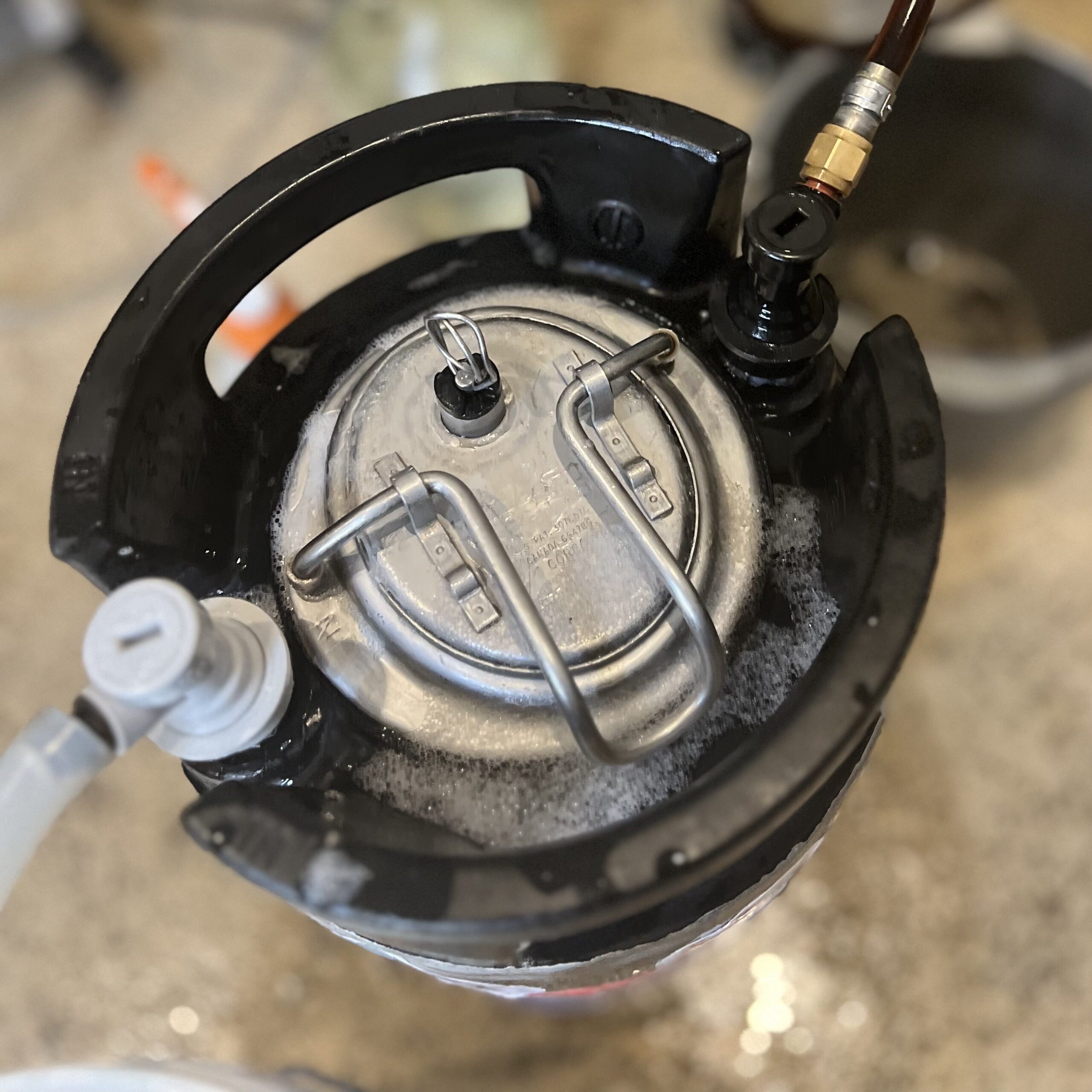
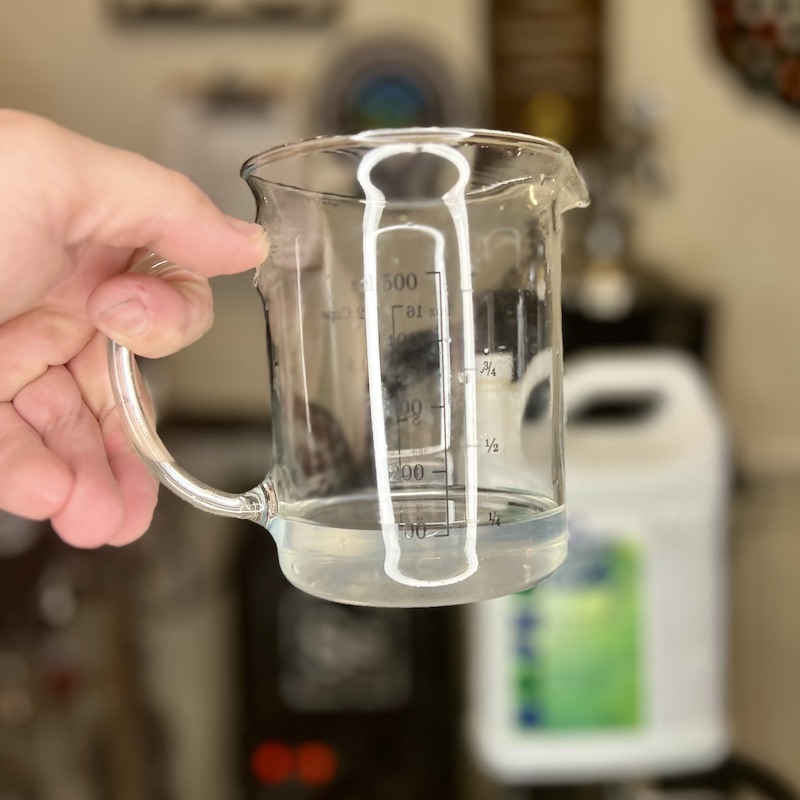
Step 2
Connect the couplers with the Double Coupler Cleaning Adapters, making sure to order them properly so that 1-2, 3-4, 5-6th lines are connected in the cold room. Then using the faucet wrench attach the Faucet Jumpers (make sure they have gaskets!) to lines 2-3, 4-5, a drain hose on 6, and the pump outlet attachment to line 1.
Note: The goal is to create a big loop that goes from the first line you intend to clean in the taproom that snakes through the lines in the back and through the jumpers in the front, ultimately terminating on the last line attached to a drain hose in the taproom. This drain hose should be able to reach a drain, or a separate 5-gallon bucket, and the bucket you’ll be using for the chems. DOUBLE check that you’ve secured your faucet jumpers, otherwise your bar will get covered in beer and water.
Step 3
Fill a 5-gallon bucket with HOT water (130-170) and insert the pump inlet hose. Then, turn on the pump and push 4 gallons of water through, with the drain hose going into a drain or a different bucket. This flushes the lines of any residual beer – it’s usually best not to clean with dirt! With the remaining 1-gallon in the bucket, dose the appropriate amount of Safecid Alkaline Beer Cleaner and move the drain hose to the same bucket. Check that the pH is above 12 (or below 2 for the Acid cleaner) – these pH levels in conjunction with the laminar flow are the recommended best practice by the American Brewer’s Association.
Note: At this point you should have a “closed loop” of sorts with the pump inlet and outlet in the same bucket – this is how you recirculate the Beer Line Cleaner.
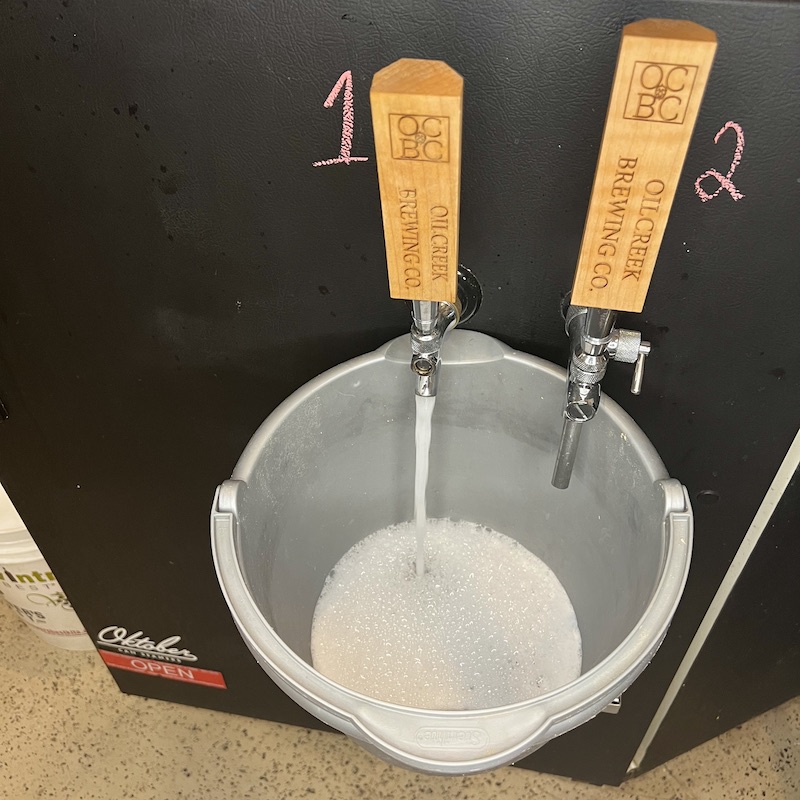
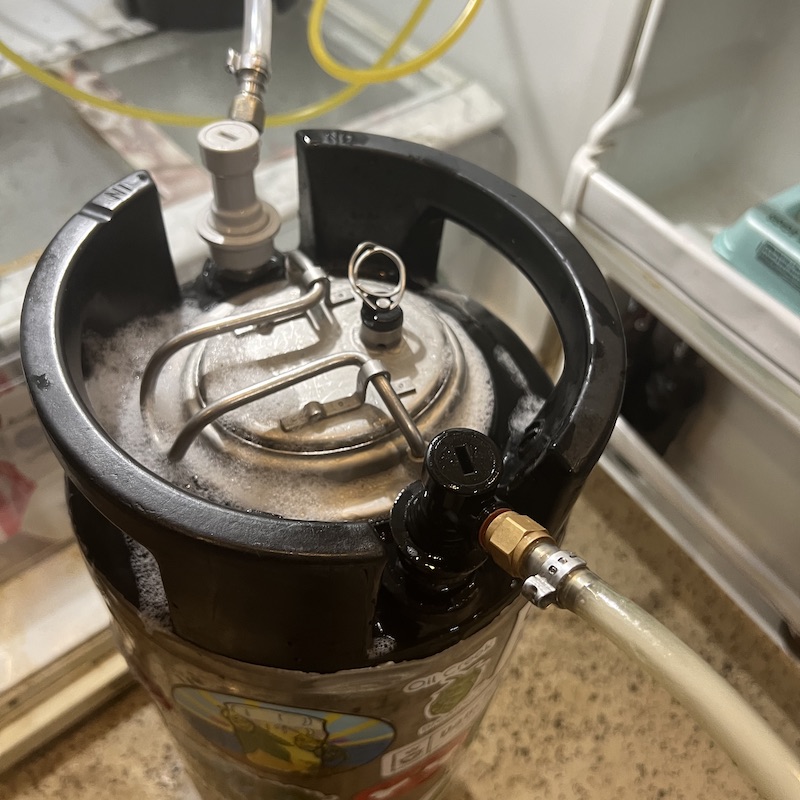
Step 4
Turn the pump on and recirculate the Safecid Beer Line Cleaner for a minimum of 15 minutes. 2 Gallons/minute is the recommended speed for optimal cleaning (minimum 1gal/minute) – you can check this when flushing the original 4 gallons by setting a timer and draining into a pint glass. The pint glass (16 oz) should fill completely in approximately 4 seconds (2 gallons = 16 pints, 60 seconds/16pints = 3.75 seconds/pint) During this time you can use a faucet brush to clean your faucets and rinse the alkaline cleaner from them.
Step 5
After 15 minutes of recirculation, stop the pump and drain the remaining beer line cleaner. Rinse the same bucket, then fill with 5 gallons of HOT water. Move the drain hose to a drain or another bucket, and rinse the lines with all 5 gallons of this hot water. You may need more or less water for rinsing, but ensure that the pH of the water coming out of the lines is around 7 (+/- .75), or whatever your normal water level is.
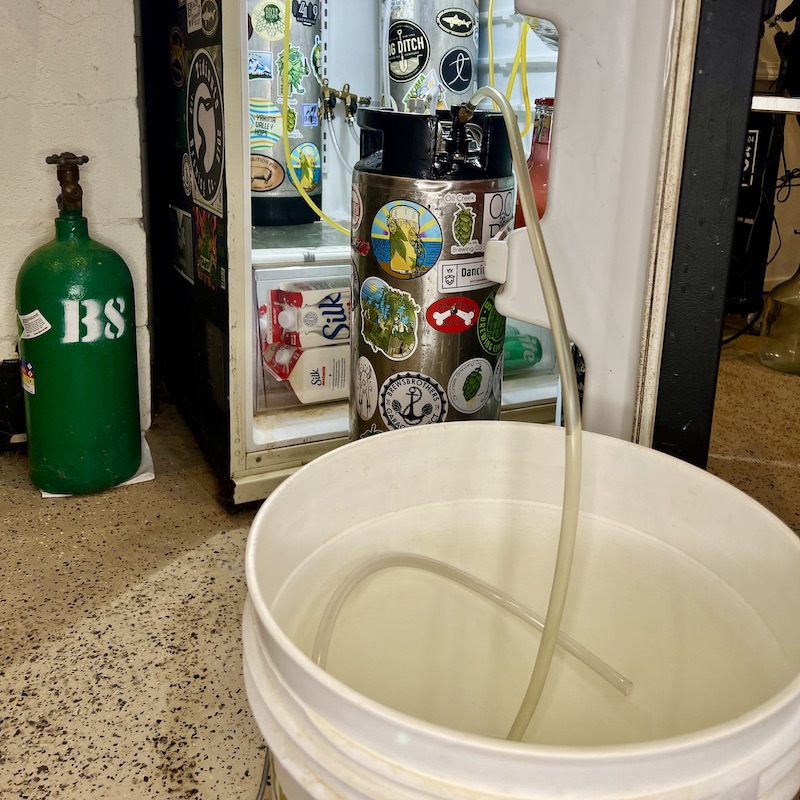
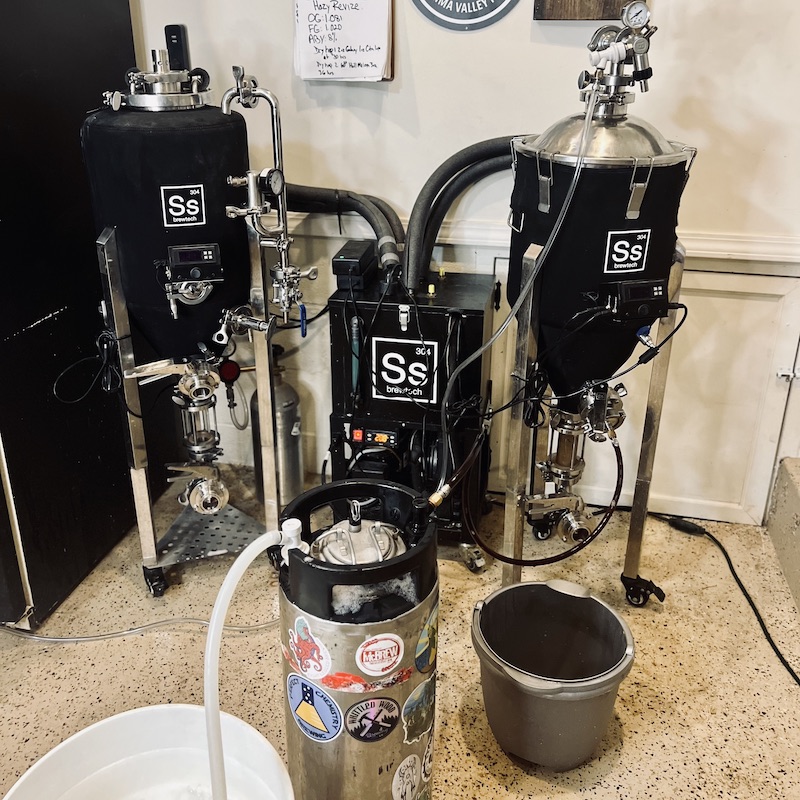
Step 6
(Optional) – if you’re going to have the lines empty for a considerable amount of time, use a foodsafe sanitizer like Starsan to pack your lines with the same process as above. Most places skip this step as it’s not completely necessary and not explicitly recommended by the brewer’s association draft quality manual.
Step 7
Once the lines are flushed and you’ve ensure the pH is back to normal water range (around 7, or neutral) begin disassembling the faucet jumper lines and replacing them with the cleaned and rinsed faucets. This is a good time to check the gaskets on those faucets – if they are worn or torn at all you should replace them before use. After you’ve attached the faucets (double check they are sealed properly and closed!) disconnect the couplers in the cold room from the Double Coupler Adapters and re-tap your beers.
Note: You may find that beer pools up in the keg well. Drain this, and use a spray bottle of starsan or some other foodsafe sanitizer with a gentle nylon brush to clean the keg well and any residue that might be on the couplers as well.
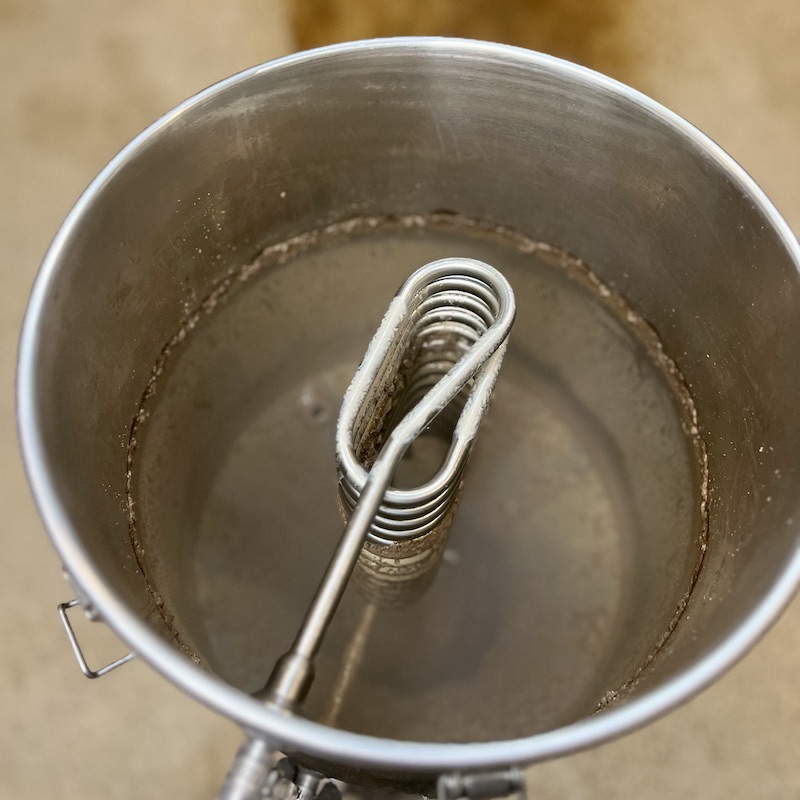
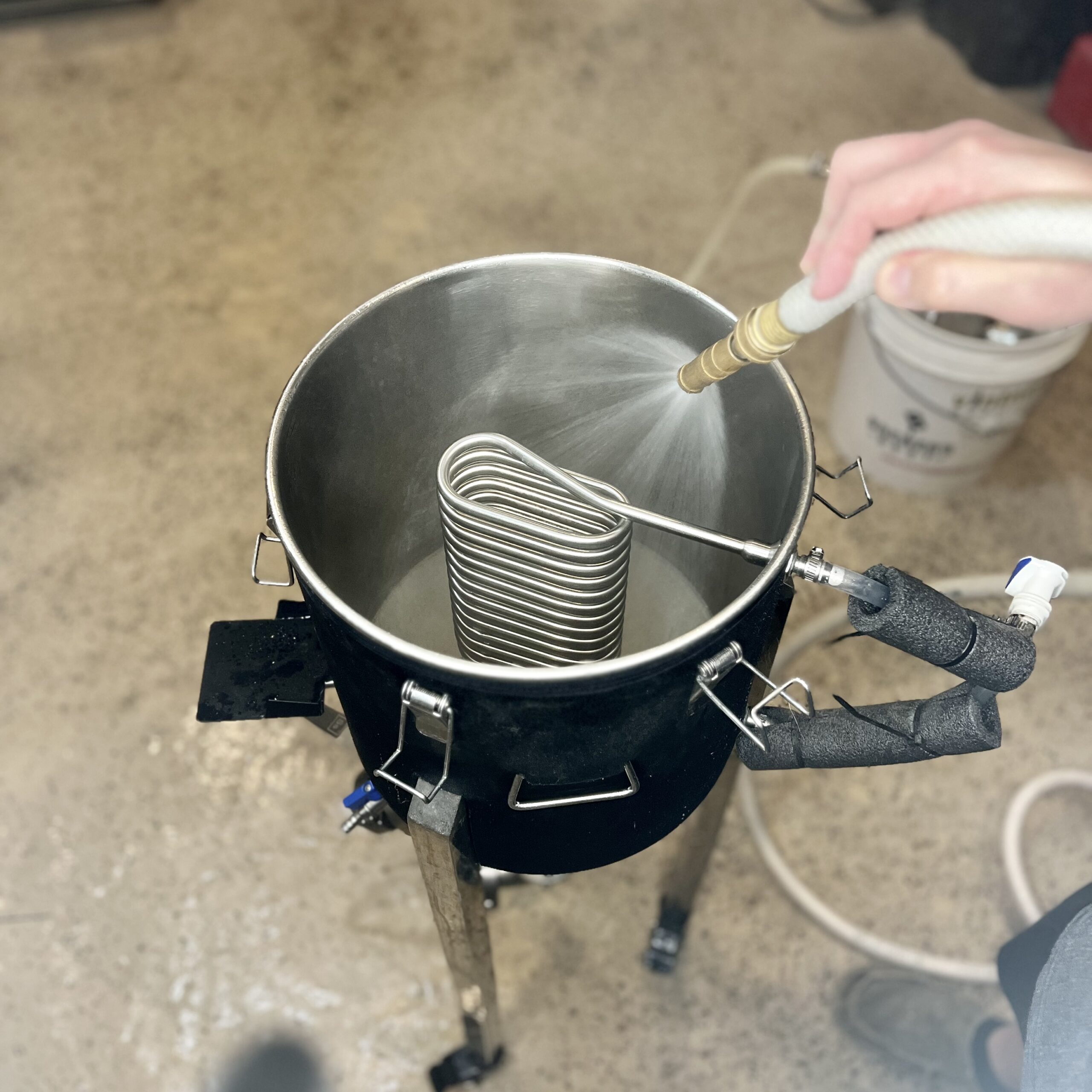
Step 8
Check that no beer is leaking from any faucets in the taproom and pull clean beer through each line you cleaned. At this point a taste test is optional, but after a job well done highly recommended.
Step 8
Let the fermenter soak for up to an hour, then drain and rinse. After rinsing, if it looks clean, fill the fermenter with any leftover sanitizer for optimal storage.
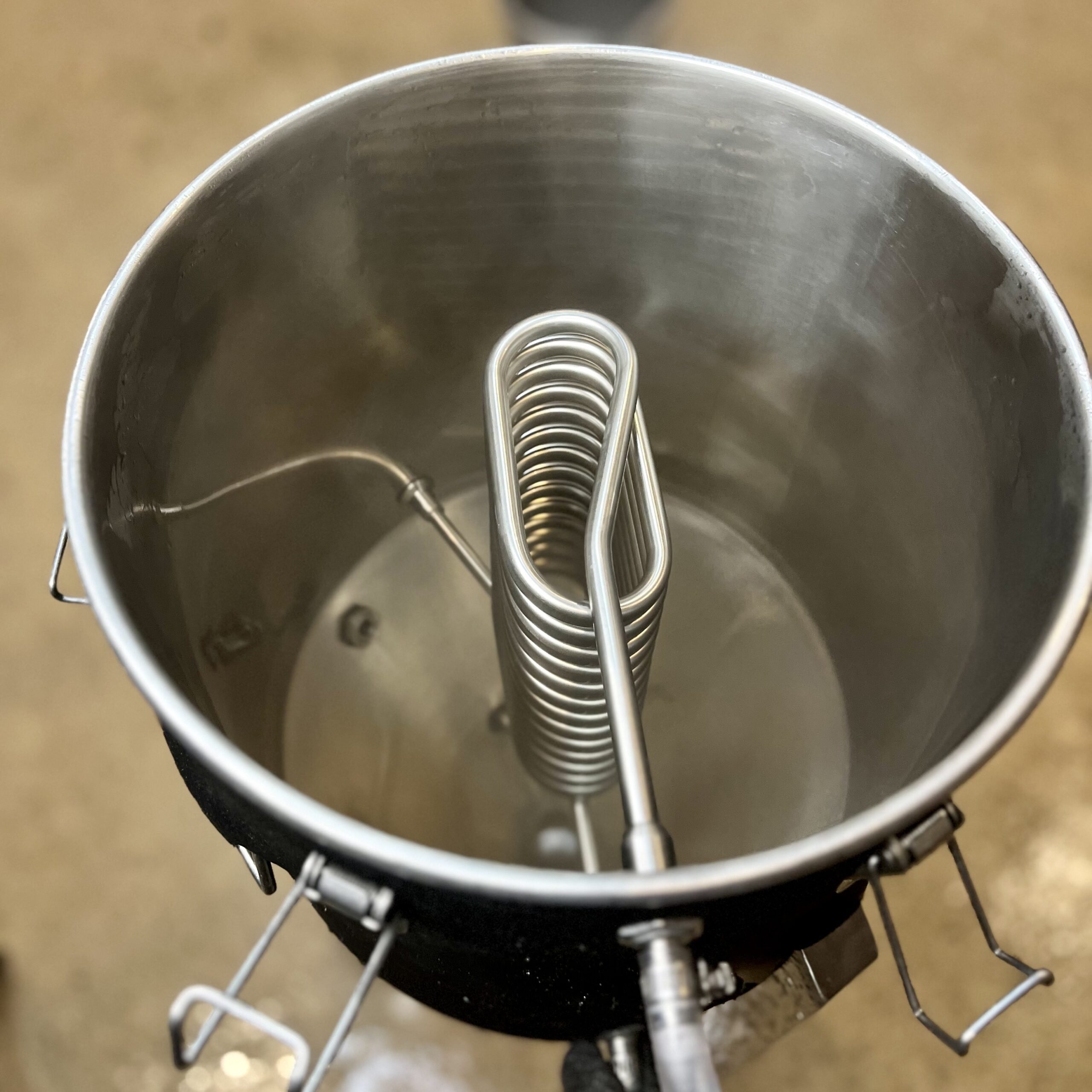

Step 9
You’re ready to go! Enjoy a fresh, clean beer!
Try Safecid for Free
We believe so strongly in the power and safety of our products that we’d like to offer you a free trial – fill out a simple form and tell us about your operation and we will reach out to you to arrange free delivery of the right product for your application.
